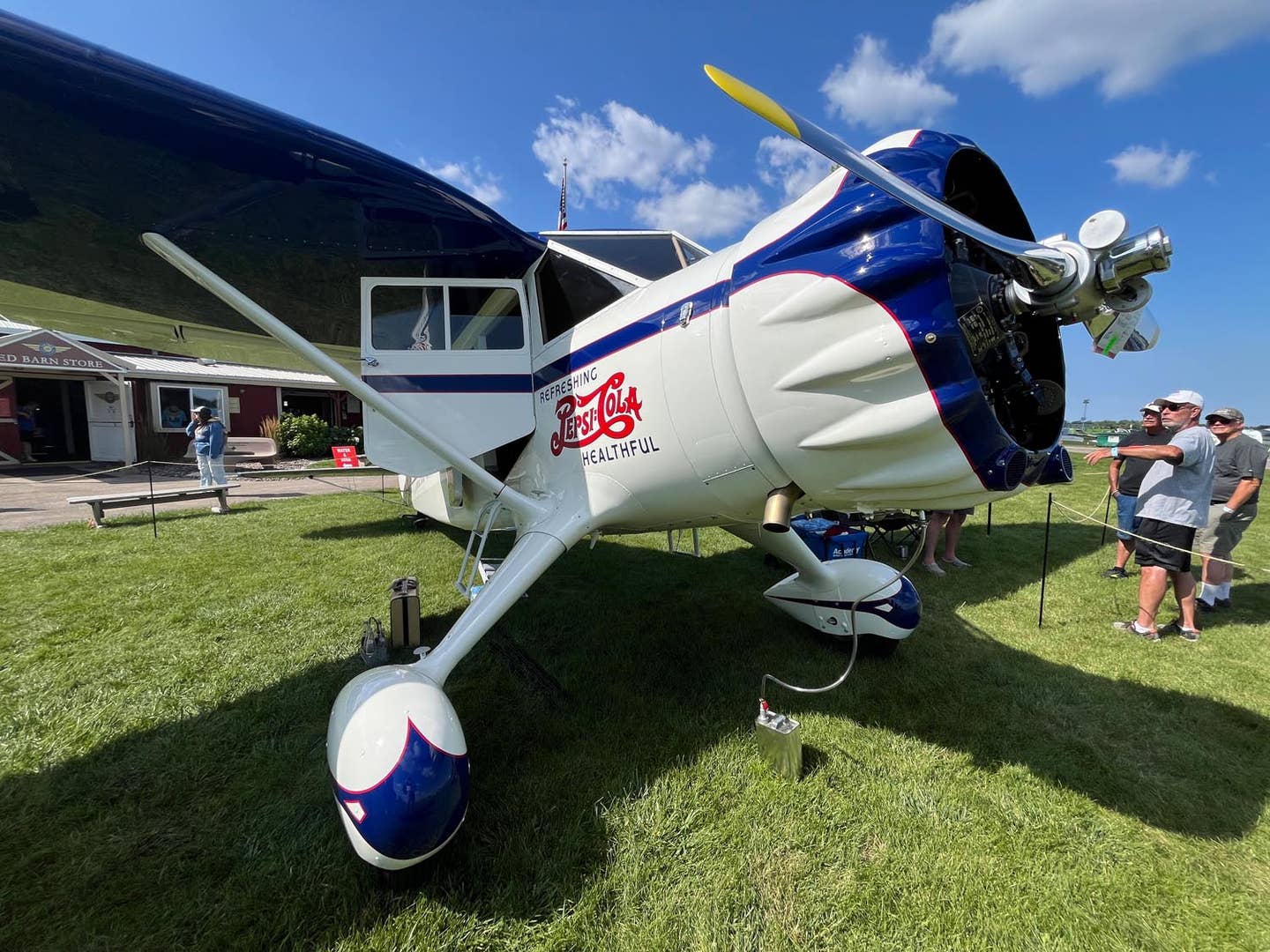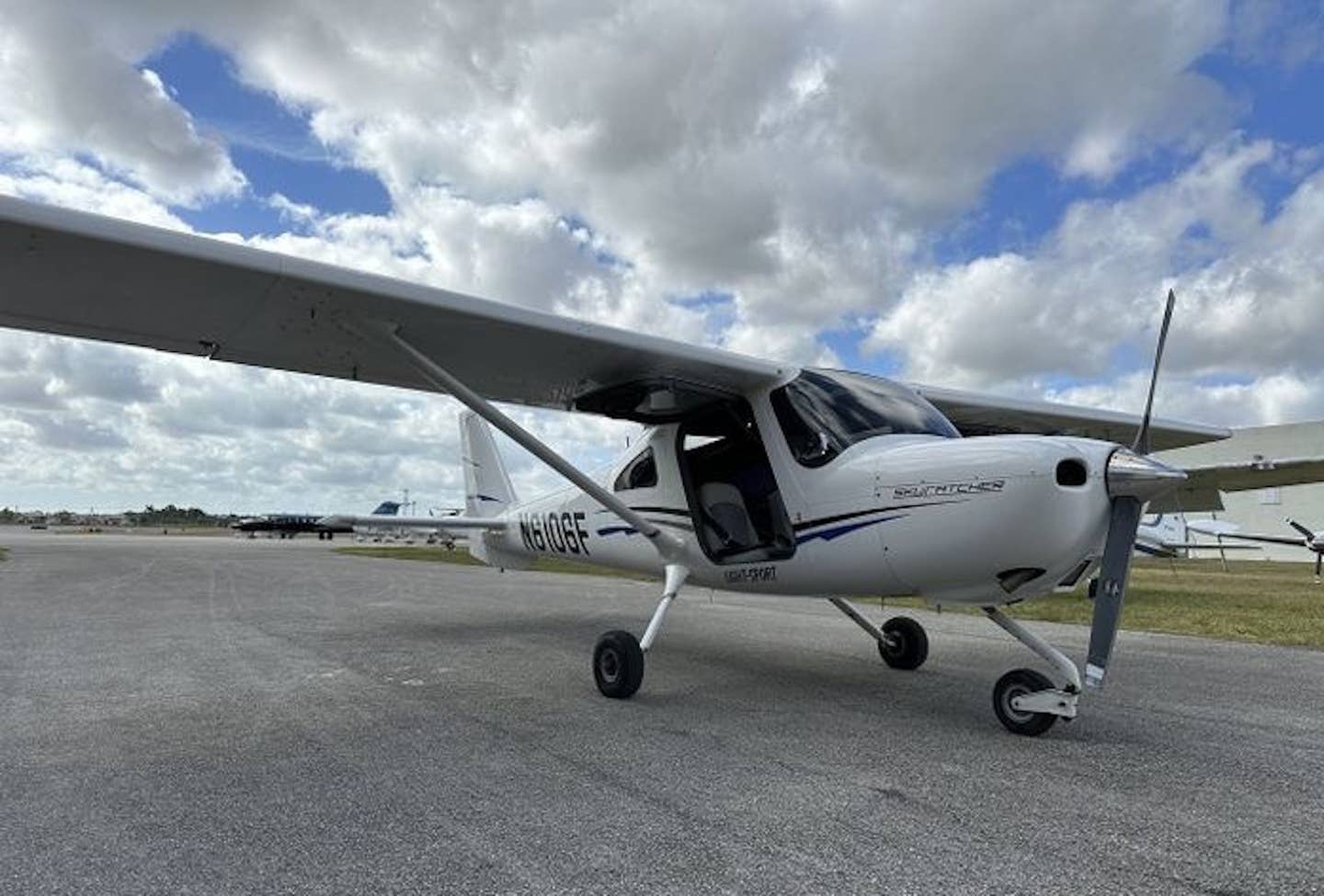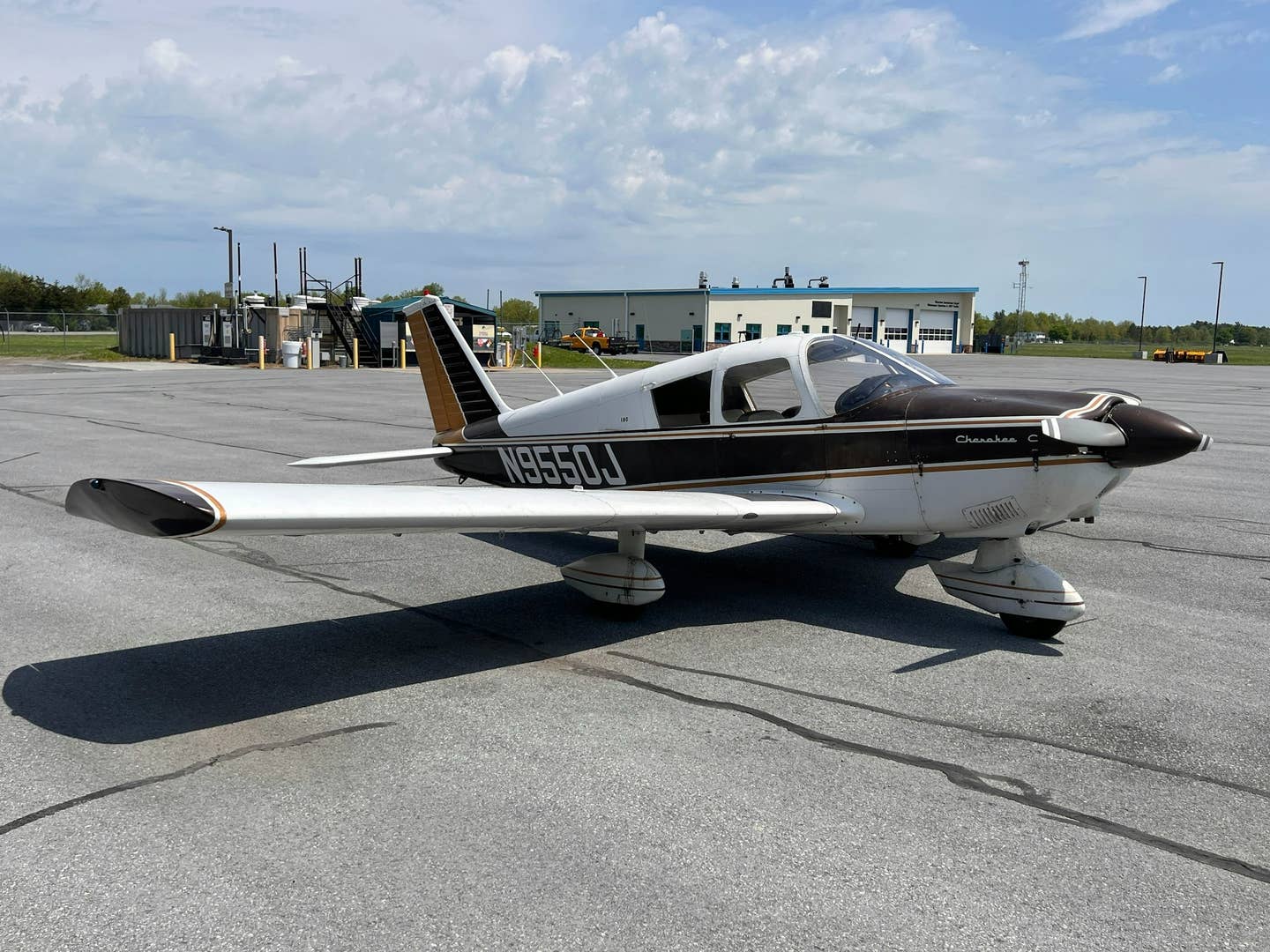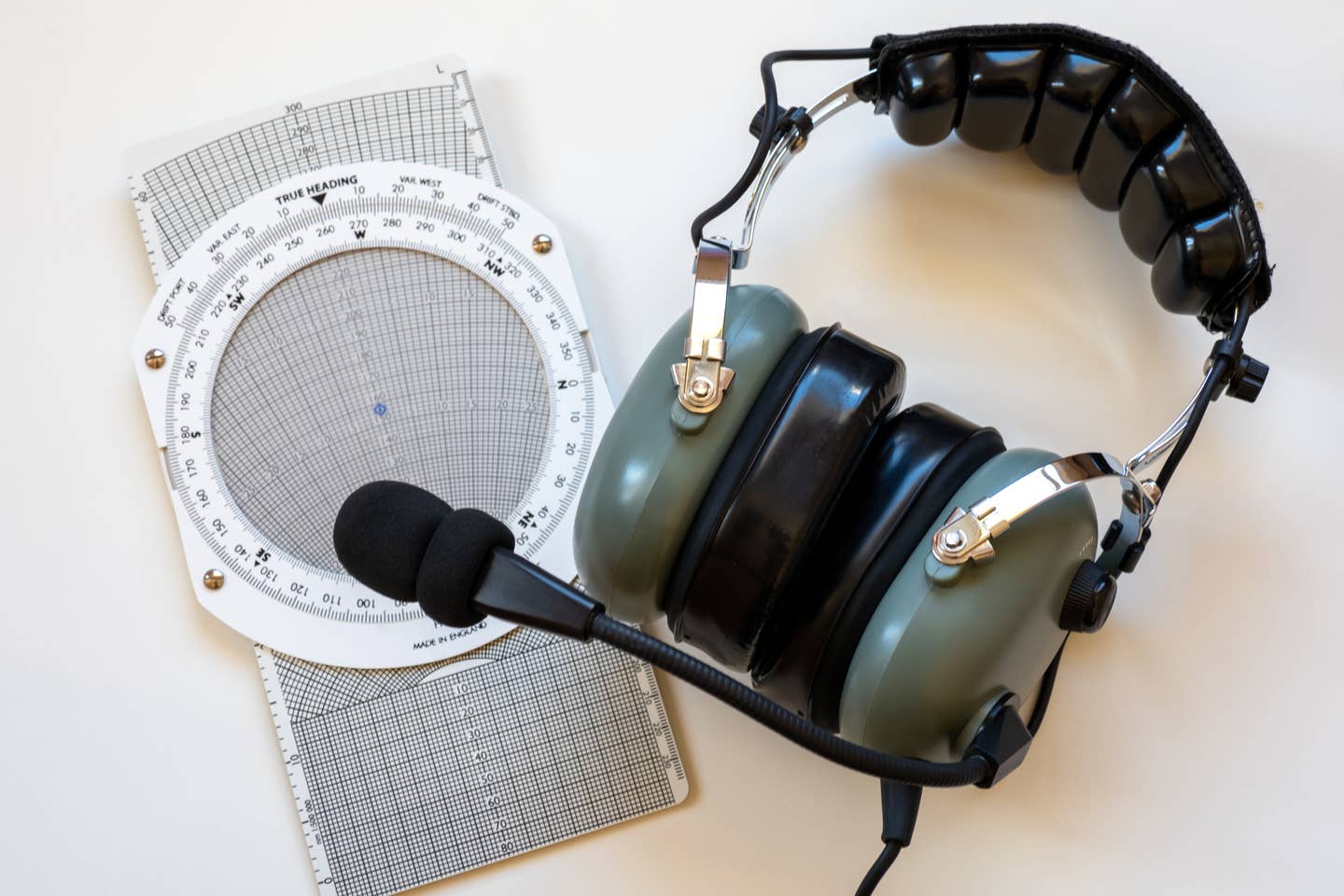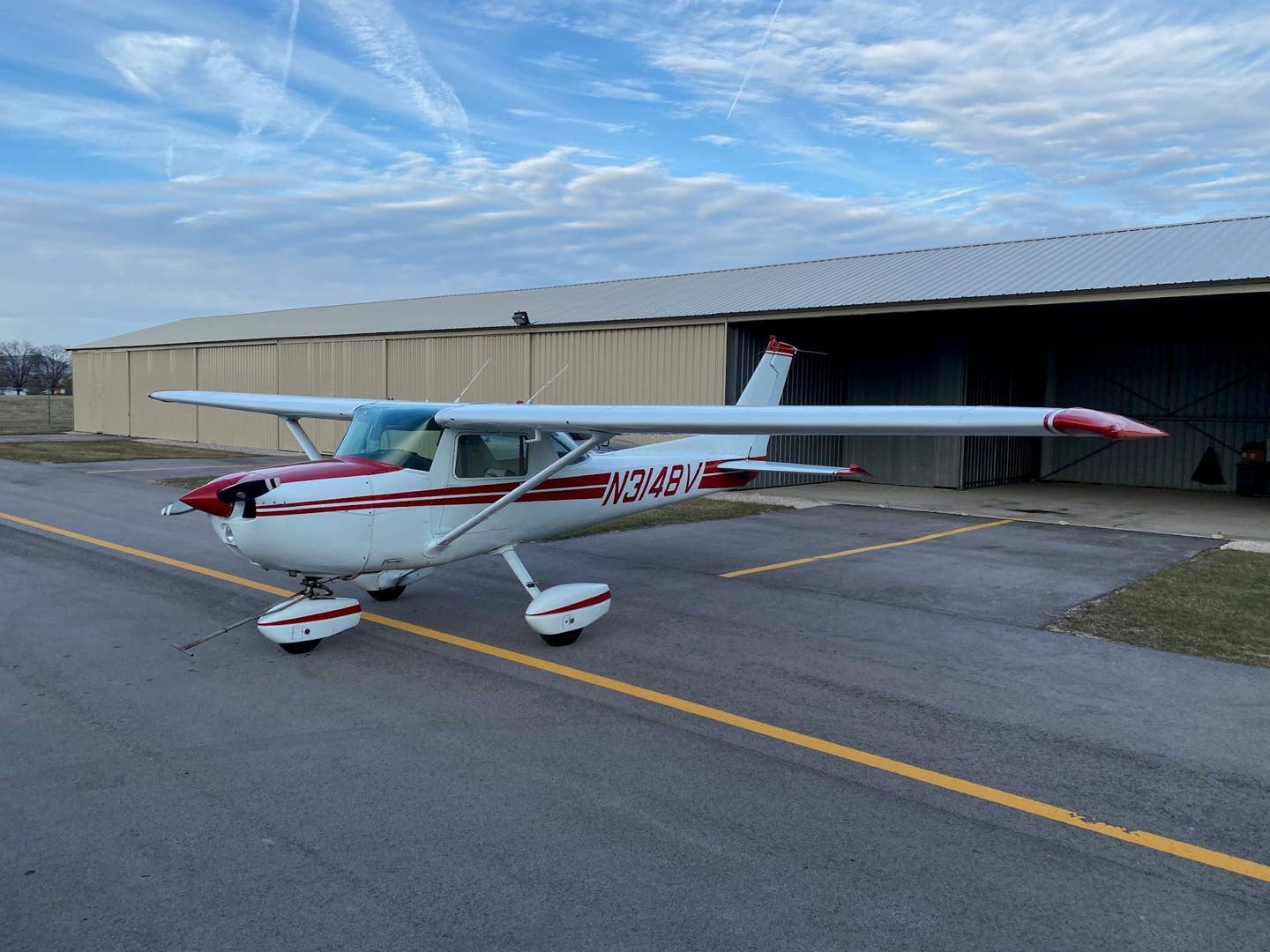Going Direct: Why The Cirrus SF50 Vision Jet Matters
When Cirrus earned FAA approval for its SF50 last month, it was a monumental achievement. Here are the reasons that’s so. It’s tempting to dismiss one of the biggest news…
When Cirrus earned FAA approval for its SF50 last month, it was a monumental achievement. Here are the reasons that's so.
It's tempting to dismiss one of the biggest news stories of the year, the FAA's awarding type certification to Cirrus Aircraft for its SF50 Vision Jet, but we should avoid any such urge to gloss over the achievement in our minds. It's a monumental accomplishment for Cirrus, and here's why.
Ten years ago, when the term Very Light Jet (VLJ) started getting tossed around by everyone, there really weren't any VLJs, sub-10,000-pound airplanes designed to be flown by regular pilots, maybe those stepping up from high-performance singles. Within a few years there were two: the Cessna Citation Mustang and the Eclipse EA500. But the single-engine jets being developed to slide into even less expensive niches went bust. Piper abandoned its Piper Jet (renamed the Altaire after a redesign), and Diamond couldn't make the numbers work on its promising DiamondJet, either.
The one survivor is the Cirrus Jet, now known as the SF50 Vision Jet. When the FAA awarded certification to the little single-engine jet last month, it marked the end of a long road for Cirrus, earning the FAA's blessing for the jet, and the start of an even longer road ahead, producing and delivering the jets. It's an exciting product, and we've all seen so much of it over the years that it's easy to forget how big a deal it is.
Certifying a jet is not the same as certifying a piston-powered airplane, or even a turboprop single. It's a lot more complicated, it takes more people, more money, more money and more money, and a lot more time, too. When a company emerges at the finish line with that type certificate in hand, it's a bigger deal than you or I can imagine. They have been through an ordeal the likes of which, well, you need to go through yourself in order to understand. It's kind of like seeing a marathon runner crossing the finish line. She can tell you what it's like to run a 26.2-mile-long race, but until you do it yourself, you simply don't know.
And Cirrus' accomplishment is all the more impressive for two other reasons. First and most obvious, the Vision Jet has just one jet engine. So not only did Cirrus have to run all the tests that companies seeking cert on a twinjet would have to do, but Cirrus had to do more, not less. The single engine takes away complexity in flight, but in certification, it adds a layer of question marks that can't be answered with the standard rejoinder, "the second engine will carry the load." There's no second engine. This means, for starters, that the SF50 has to stall really slowly, because when you have just one engine, the FAA's assumption is that if you lose that engine you'll need to land, and they're correct in that. They also believe that when you do land in that "(only) engine-out" circumstance, you'll want to survive the landing and have your passengers survive it, too. So the Vision Jet stalls at an incredibly slow (for a jet) 67 knots, which is just a few ticks higher than the required 61 knots for a piston single.
The other big achievement is the whole airplane recovery parachute system, which Cirrus calls CAPS, for Cirrus Airframe Parachute System. Successfully certifying a piston single, the SR20 and then the SR22, with a chute was a huge deal. Doing it in a jet that tops 300 knots verges on the unreal.
I guess there's a third thing, too. Cirrus wound up making the journey to type certification in terms of funding. That was without question the hardest part. The good news for Cirrus, and for all of us who hope to see other companies continue to do the same thing with their cool new products, is that Cirrus will soon be selling jets, and it looks like it will be a lot of jets. It's a just reward for a decade of hard work, really hard work.
Learn more about the Cirrus SF50 Vision Jet.
If you want more commentary on all things aviation, go to our Going Direct blog archive.

Subscribe to Our Newsletter
Get the latest Plane & Pilot Magazine stories delivered directly to your inbox


